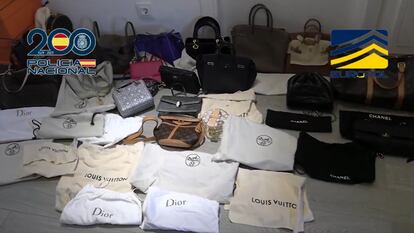The deaf did not wait for sign language to communicate – Liberation

In Toulouse, historians overturn
« How to restore the sound dimension of revolting time, bring up the volume from the traces that we have left? ». It is to this question that the Festival is to come to come, around a double challenge: to give a voice to those that history has been able to forget, and show how we can make a story of music, voice and sounds of the past. From Paleo-acoustic to Beyoncé, from the voices of slaves to those of ghosts, meet throughout the city from May 15 to 18. Program on the HistoryAvenir.eu
Too often, and wrongly, the French sign language (LSF) is presented as a bright invention of the abbot of the Sword (1712-1789), arose of a flash of generosity in 1760. This convenient story masks a much older story. The LSF was not born of a charitable gesture, but of a collective, urban, monastic and theatrical memory on two millennia. It is in the folds of a much longer time than developed « The fact of expressing visually », to use the etymology of the term « Noetomalaly » Forged in the 19th century by Henri Gaillard (1866-1939), a deaf writer of the Belle Epoque who wanted to introduce in French a specific term to the LSF.
Even before the intervention of the abbots enlightened such as the abbot of the Epée and his successor in Paris, Father Sicard (1742-1822), the deaf were transmitted their language in urban centers and in particular Paris, which offered a rare crucible from the Middle Ages: an urban density, an abundant social life, theaters, the markets, as many places of traffic in which over the silent generations. In 1779, in his Observations of a deaf and silentPierre Desloges (1747-1792?), First known deaf author, tells how he learned the signs of an Italian valet in a troop of the commedia dell’arte.
He says how much this learning with a peer allowed him to structure his thinking and find a place in this small communication








